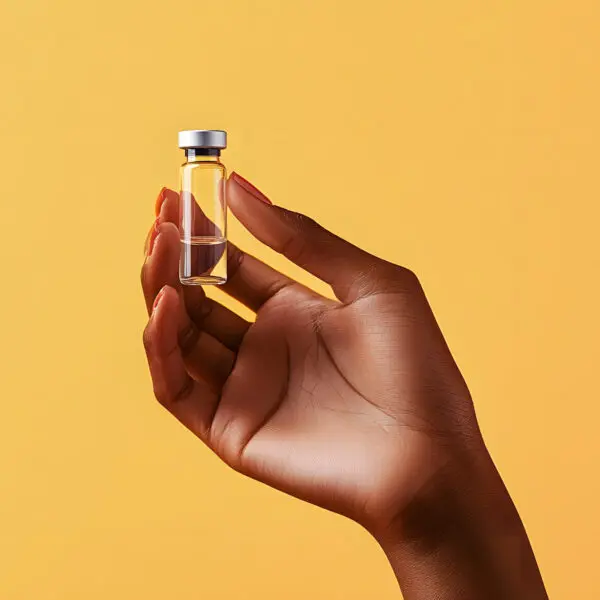A recent study from researchers in Australia points to a finding that certain platelets secrete a protein able to rejuvenate neurons in mice. This potentially groundbreaking study from StudyFines reinforces one of my favorite adages, “a sound body leads to a sound mind.”
This study, which you can read here, demonstrates that platelets release factors called exerkines in response to regular exercise, and that these exerkines can rejuvenate an aging brain. Specifically, the platelet-derived exerkine CXCL4 (also called platelet factor 4 or PF4) was sufficient to increase neural stem cell proliferation and neuron maturation in the hippocampus of aged mice when delivered intravenously.
The mechanisms likely involve CXCL4 reducing oxidative stress, inhibiting apoptosis (cell death), and modulating immune cells to create a pro-regenerative state. This works because CXCL4 is synthesized and packaged within alpha granules inside platelets, and when platelets become activated, the alpha granules undergo granule secretion, releasing their contents, including PF4.
This platelet activation involves a signaling cascade that leads to the reorganization of the platelet’s cytoskeleton and the fusion of the granule membrane with the plasma membrane. This allows the discharge of the granule contents to the exterior through pore formation, where PF4 can then enter the plasma.
Common platelet agonists like thrombin, ADP, collagen, and thromboxane A2 can all induce these platelet activation signals. Physical exercise has been shown to activate platelets, likely through increased shear forces and circulating agonists.
PF4 was also necessary for the exercise-induced increase in brain neurogenesis, as running failed to stimulate neural precursor proliferation in mice lacking PF4.
This is an important note, as Dr. Odette Leiter from the Queensland Brain Institute (who performed the research) explains.
“We know exercise increases production of new neurons in the hippocampus, the part of the brain important for learning and memory, but the mechanism hasn’t been clear,” says Dr. Leiter. “Our previous research has shown platelets are involved, but this study shows platelets are actually required for this effect in the aged mice.”
The results of the study are very promising:
Systemic administration of PF4 over 24 days enhanced neurogenesis, dendrite (nerve) growth, and spatial learning and memory in aged mice. Exercise altered the platelet protein composition in young and old mice, inducing immune, redox, and neurogenesis-regulating proteins.
Together, these findings identify platelets as essential mediators of exercise-induced brain rejuvenation in aging via releasing exerkines like PF4 that can rescue age-related cognitive decline in a neurogenesis-dependent manner.
But we must keep one important fact in mind:
Excessive platelet activity with aging likely contributes to chronic low-grade inflammation through multiple mechanisms.
Fortunately, we have one huge weapon at our clinic, which anecdotally eliminates many of the detriments of an aging platelet.
This weapon is our photobiomodulation (PBMT) light device. Another similar device is our Hemealumen device, which provides PBMTto the circulatory system.
I am excited to share this study because targeting platelets is a novel approach to reducing inflammation and promoting healthy brain aging and may one day be a therapy to treat common issues like brain fog and even certain brain diseases. Only time and proper studies will tell. – Dr. P
If you’re interested in reading about brain health, you will also find this article interesting:
Overnight Aromatherapy Boost Memory 266% in New Study And if you find that you’re suffering from brain fog or mental fatigue, you may be interested in learning about our rejuvenating NAD+ treatments here.














